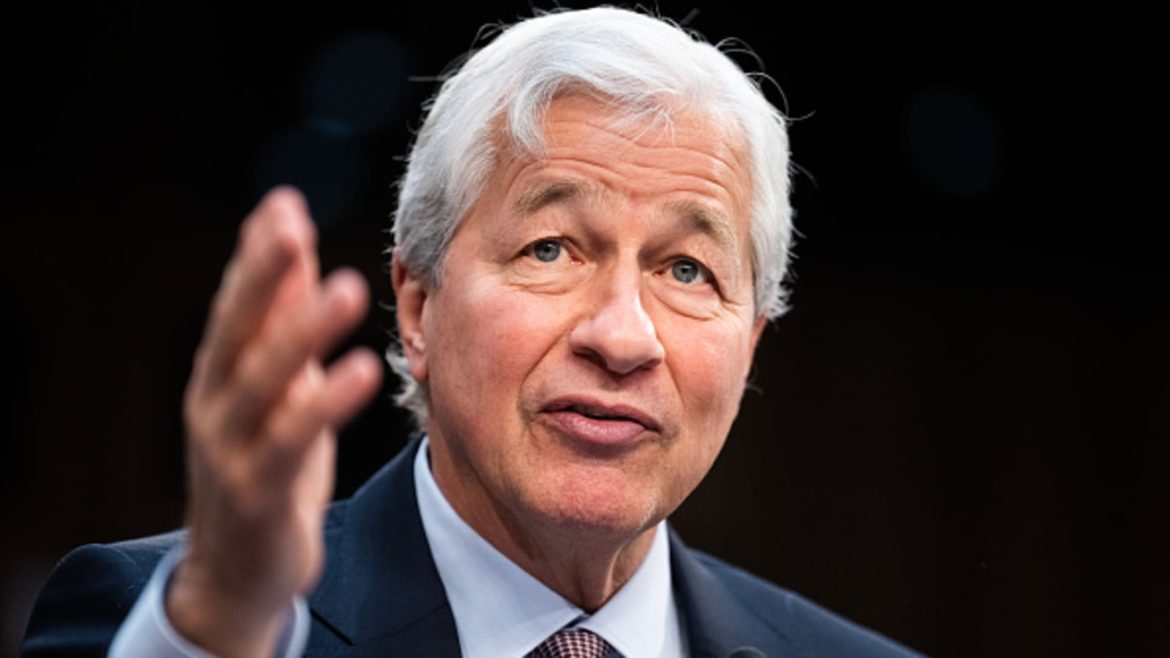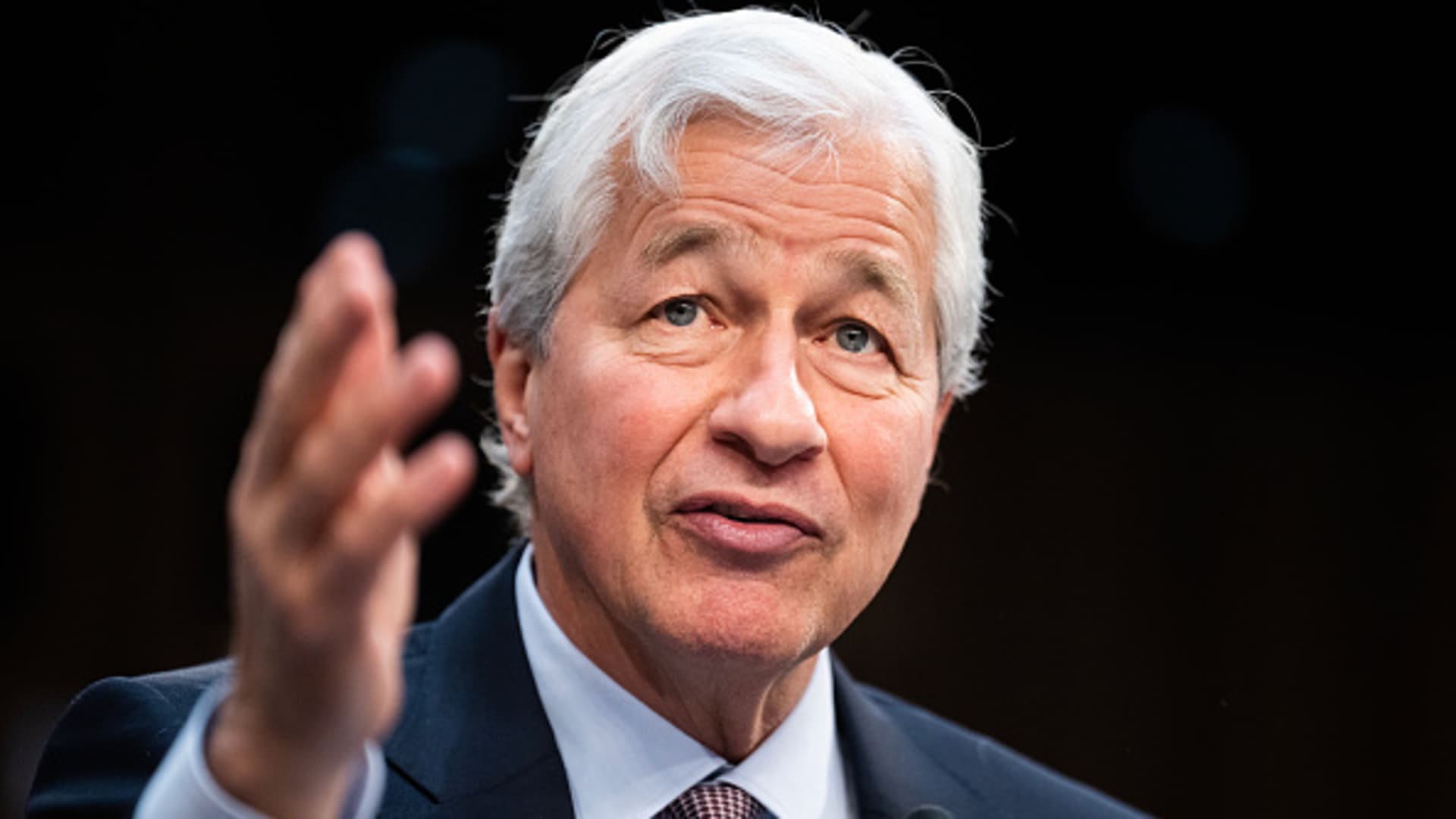Jamie Dimon, chairman and CEO of JPMorgan Chase, has become a prominent voice expressing deep concerns about the current and near-future state of the U.S. and global economies. His insights, drawn from his position at the helm of the world’s largest bank, underscore significant economic challenges and growing societal discontent. This report unpacks Dimon’s economic outlook, explores the factors contributing to widespread pessimism, and analyzes the implications for financial markets and policy.
Economic Optimism vs. Public Discontent
Despite the U.S. economy performing comparatively well on a global scale, Dimon highlights a paradox: many Americans feel left behind. According to his observations, the recent economic expansions have disproportionately benefited higher earners, leaving the lowest wage earners excluded from the boom. This exclusion fosters widespread dissatisfaction and gloom, revealing that headline economic gains may mask underlying inequality and social strain.
Dimon’s stance sheds light on a critical socioeconomic divide. While GDP growth and stock market surges enhance national metrics, these do not necessarily translate into improved economic security for broad swaths of the population. The discontent stems less from macroeconomic indicators and more from real, lived experiences of stagnating wages, job insecurity, and a lack of upward mobility.
The Economic Storm Brewing: Turbulence and Recession Risk
Dimon repeatedly warns of “considerable turbulence” ahead, signaling that the economy faces serious headwinds despite some resilient indicators like JPMorgan’s own increased quarterly profits. His cautious pessimism points to several converging risks: trade tensions, volatile stock markets, slowing growth, and policy uncertainty.
One of the starkest warnings pertains to the bond market, where Dimon predicts an imminent “crack.” Bond markets, often seen as safe havens, could experience significant stress, potentially disrupting funding costs and investment sentiments widely. Such instability in fixed income assets could ripple across credit markets and beyond.
Moreover, Dimon labels a U.S. recession as a “likely outcome,” highlighting tariff impacts, volatile markets, and large federal deficits as root causes. His concern over spiraling government deficits driven by heavy spending contributes to his dim forecast, suggesting fiscal imbalance could undermine growth prospects and financial stability.
Banking Sector’s Perspective: Preparing for Losses Amid Uncertainty
Dimon’s leadership has seen JPMorgan Chase preparing aggressively for economic strain. The bank’s decision to increase loan loss provisions by nearly 40% more than anticipated signals an expectation of deteriorating credit quality and rising defaults. This move indicates Dimon’s bank is bracing for tougher times by building buffers against potential loan losses, aligning with the gloomy economic outlook.
Such a conservative risk approach by the nation’s largest bank highlights the tangible threats Dimon perceives within the economy, casting the gloom not as abstract speculation, but as a scenario grounded in financial realities.
Societal Implications: Income Inequality and Political Shifts
Dimon does not shy away from addressing income inequality, connecting economic exclusion to wider societal consequences. He has spoken frankly about the disenfranchisement of low-income Americans and reflected on political outcomes, such as surprising election results, through this lens of economic frustration.
His acknowledgment of income disparity’s role in shaping economic sentiment adds depth to his analysis—economic growth alone cannot be the sole measure of success without inclusivity and broad-based prosperity.
A Balanced View: Growth Amid Challenges
While Dimon’s tone is cautionary and frames the near-term outlook as fraught with risk, he acknowledges that the current U.S. economy remains strong relative to other countries. His caution is nuanced rather than alarmist; he calls his stance “cautiously pessimistic,” implying there remains room for positive developments if risks are managed prudently.
This balanced perspective encourages vigilance and preparation rather than panic. It reminds policymakers, investors, and the public that economic resilience requires addressing structural issues, including inequality, fiscal deficits, and market vulnerabilities.
Conclusion: Navigating Economic Uncertainty with Eyes Wide Open
Jamie Dimon’s insights offer a sobering reality check on the economic mood and prospects. His analysis underscores a dual narrative: one where surface-level economic strength masks deeper divides and vulnerabilities. The exclusion of lower earners from prosperity fuels widespread gloom, while rising financial risks—from bond market fractures to recession threats—paint a picture of an economy on uncertain footing.
Recognizing these complexities allows stakeholders to move beyond simple optimism or despair. Dimon’s warnings advocate for sober evaluation, strategic risk management, and a renewed focus on inclusive growth to prevent the “considerable turbulence” from turning into economic crisis. In a time of stormy seas, his voice implores an informed, deliberate navigation toward a more stable and equitable future.





